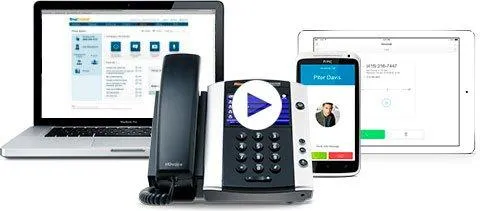Top Web Hosting Providers of 2025: Speed, Security, and Support You Can Count On
Published on: 11/21/2025
Explore the best web hosting providers of 2025 offering top-tier speed, security, and 24/7 support. Find the right host for your website’s performance and growth.
Remote Work Made Easy: Best Solutions for Productivity and Flexibility
Published on: 08/22/2025
Learn how to make remote work seamless with the right tools. Explore solutions for internet, security, collaboration, and productivity that keep teams connected.
Meet ETI Elevate AI Assistant
Published on: 08/21/2025
Discover ETI Elevate AI Assistant. Boost productivity with advanced AI and voice recognition for seamless problem-solving and smarter collaboration.
What is a phone system in the cloud? - ETI - Connect Your World
Published on: 08/20/2025
Learn how cloud phone systems work for businesses. ETI explains features, benefits, and why cloud calling improves communication and lowers costs.





